Introduction
First, the set of headphones I am reviewing is 12 years old (predating the "i" and "e" series drivers and larger cups) and I listen to them almost every day, so they've had plenty of burn-in. I recommend listening to them for a few weeks at least before making any sonic judgments – mine took at least a few months to settle into their final sound. They sounded pretty rough and underwhelming when I received them from Alessandro. For reference, I listened to a set of Sennheiser HD 320 headphones for about 10 years before switching to these, and I also listen to a set of Joseph Grado HP-2 headphones in my home rig.
Fit
These headphones fit closely to your head (aside from the protruding pivot rods). This was a big deal for me, with my small-medium size head. A lot of the high-end headphones look huge and unwieldy on my head (for example, my old Sennheisers had a plastic arch that went several inches above my head) and some were close to falling off my head at the smallest size adjustment. The other thing to mention about fit is getting the right position for the drivers over your ears. Since each person's anatomy differs, experiment with placement (forward, backward, up and down) until you get an optimum sound and comfortable fit. This is easiest to try with comfy pads – flat pads and bowls are less forgiving.
Open Design
This is a love it or hate it part of the design. Open headphones generally have a more accurate sound presentation than closed headphones (other than at the very high end), but at the expense of zero isolation. You can hear almost everything that is going on around you, and if you listen at high volumes, other people will be forced to listen to your music. Sensitivity is reasonably high, so you won't have to turn your volume up too far.
Looks and Build Quality
I've had people compliment me on my headphones – they look like the kind of headphones people used in the earlier half of the twentieth century (e.g., phone operators, studio engineers, or aviators). Build quality, materials, and finish are not particularly impressive. They do look like headphones hand built in Brooklyn. People usually cite the mold flash marks on the plastic or excess hot glue around the drivers when they criticize Grados. They are not fashionable or stylish headphones, but I put sound quality first.
Treble, Midrange, Bass
Treble is sweet and well extended at safe listening volumes. It certainly doesn't have the harshness that some people complain about with regular Grados. You can hear cymbals and brass easily without any kind of added glare or emphasis. Overall, the treble and bass are well balanced, neither overwhelm the sound of music and I find the Alessandro MS-1 more forgiving with badly-recorded or lo-fi recordings than some reference headphones. Detail retrieval is moderate. The midrange, in particular, is smooth and beguiling, inviting you to re-listen to all your recordings. Bass is well articulated, but it doesn't go to subterranean depths like more expensive headphones. With a clean, powerful amplifier, particularly one that supplies plenty of current, you can get slightly deeper bass and a more dynamic sound, but the MS-1 can be driven by most portable players with a reasonable output stage (i.e., they benefit from, but don't require a separate amp).
Attack, Decay, and Transient Response
The MS-1 sounds "fast" in that it makes more flawed headphones sound slow or boomy. More accurately, they are naturalistic, while the "fun" is lost in translation with some other headphones. Compare the sound of recordings on the MS-1 to live music and you'll see that they hold up well. The sound of strings being plucked and their resonance in the instrument body, the low boom of a kick drum, or reverb in a guitar amplifier corresponds to what you hear from real instruments. Male and female vocals are balanced, without hints of chestiness, shrillness, or sibilance other than what was recorded.
Soundstage
The traditional Grado weakness. Performers sound very close to you and they seem tightly spaced together – these aren't headphones with holographic imaging that allows you to mentally map the placement of individual musicians on stage. They're great with intimate recordings in genres like jazz, blues, or rock, but less impressive with large-scale symphonic performances or ambient mixes. You also won't get a lot of front-back or up-down auditory cues – the sound is very directly in your ears. They do have the advantage of on-ear headphones in that the drivers fire against your pinnae (your outer ear) rather than into your ear canal, providing a more natural acoustic signature.
Comfort
All the plastic-bodied Grado and Alessandro headphones are lightweight. Some people find the stock "comfy" pads (now called the S-cushion by Grado) scratchy when they are new, but they soften over time to a silky finish. My headphones are completely stock – I don't notice the plastic headband at the top very much – some people replace it with a leather one. The fit is a bit tight on your ears at first, and Grado used to recommend bending the metal headband out to fit if you have a larger head. Don't bend the band out too far or the headphones will be too loose and you will lose bass response. The drivers swivel to lay flat, but they aren't particularly comfortable to wear around your neck because the plastic headband is stiff – just take them off if you're not listening to them. I have seen some people wearing Grados on the street and apparently some people even jog with them, but I wouldn't recommend it. The headphone cable is relatively thick, heavy, and long (not too microphonic, though) and although the stock clamping force is tight, they're not really meant for active use. Also, if you are wearing static-prone clothing like a wool sweater or coat, you can get a small shock from them, particularly in the winter.
Durability
Well, they've survived 12 years, including some not-so-gentle time spent in my various bags. The plastic cable at the Y-connection has split, which I've fixed with electrical tape, and one of the rods is getting loose at the cup end (I plan to repair it with some epoxy). The first thing to wear is the silver paint on the lettering – it's cheap and easy to fix but I haven't bothered. The plastic headband is in perfect shape and the driver cups likewise. I recommend using the Alessandro MS-1 at home or at your desk... they're not really designed for portable use, being somewhat bulky compared to earbuds and in-ear phones (or even newer lightweight on-ear designs) and, though tough, can be broken at their weak points (particularly where the sliding metal rods go into the plastic cup swivels). Grado seems to do a good job repairing their headphones, but shipping might be pricey for international customers.
Pad Rolling
One of the great things about Grado headphones is the variety of foam cushions you can use to replace the stock Grado S (comfy) pads. The most commonly used replacements are the Grado L (bowl) pads, Grado G (bagel) pads, TTVJ flat pads, TTVJ deluxe flat pads, and the quarter-modded Sennheiser 414 pads. After testing a few of these, I recommend upgrading to the TTVJ flat pads. They increase overall transparency by removing the slightly absorbent barrier of the stock pads over the drivers and they use a denser foam to focus the sound. The flat pads are firmer than comfy pads at first but they break in over a period of days. Do not underestimate the effect of pads on Grado headphones' sound.
Value
These headphones are a killer value at $100 USD. Most headphones in this price range come with serious sonic compromises – these headphones compete with products far above their price.
Recommended Listening
Alison Krauss & Union Station: Live
Beck – Midnight Vultures
Blur – Blur
Feist – Let It Die
Goldfrapp – Head First
The Grassy Knoll – Positive
Hilary Gardner – The Great City
My Life with the Thrill Kill Kult – 13 Above the Night
Roxy Music – Avalon
Shivaree – Who's Got Trouble?
Shpongle – Nothing Lasts... But Nothing Is Lost
Various Artists – Verve Unmixed, Vol. 1-4



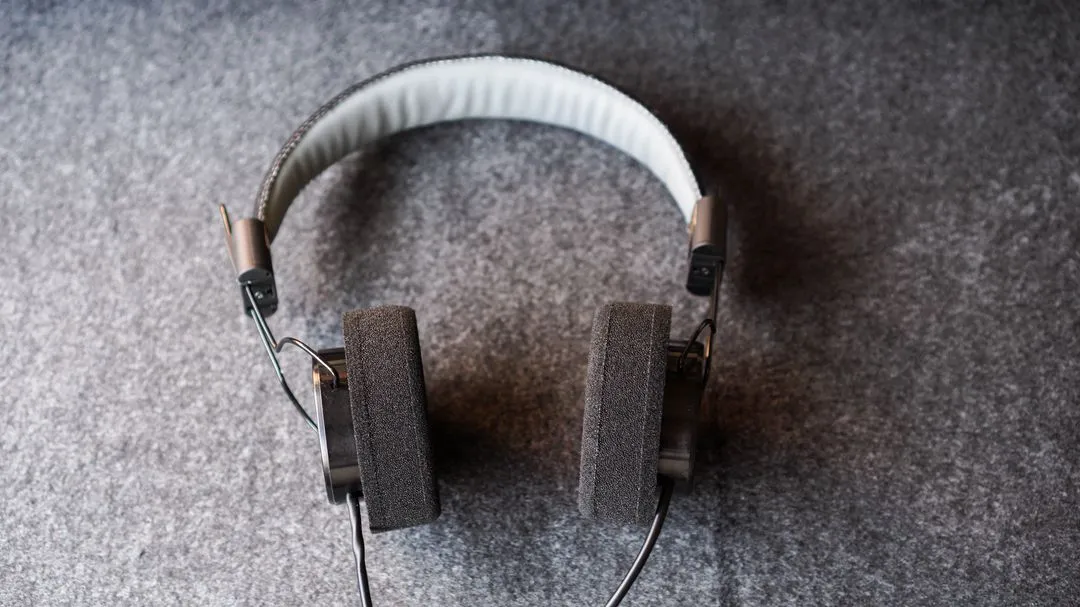
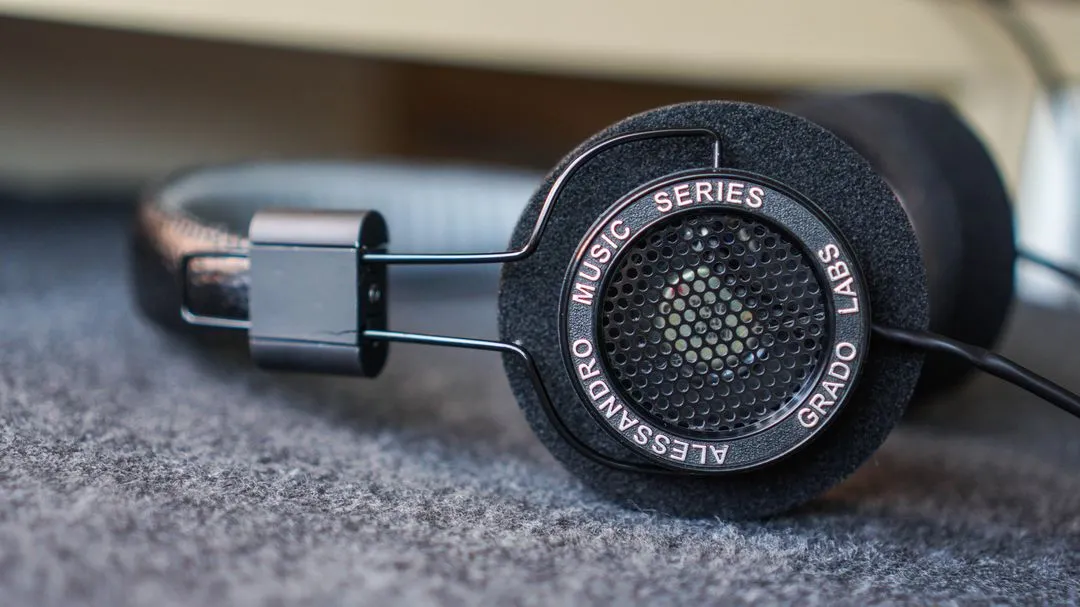


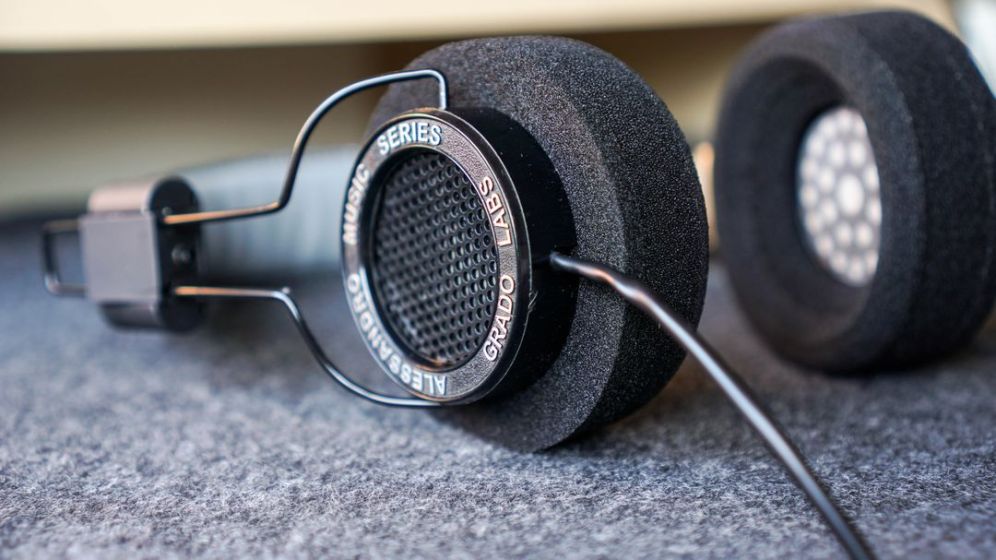
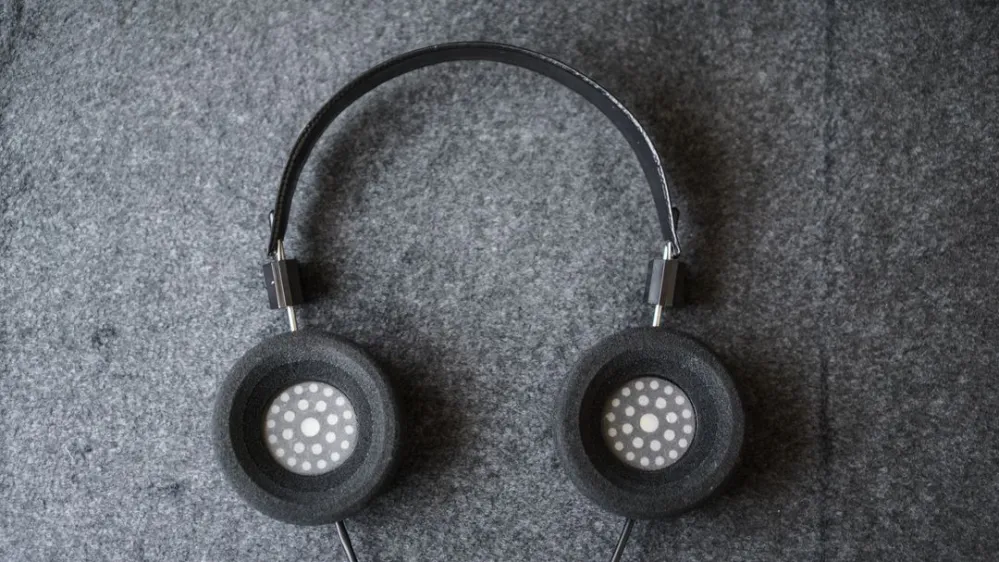

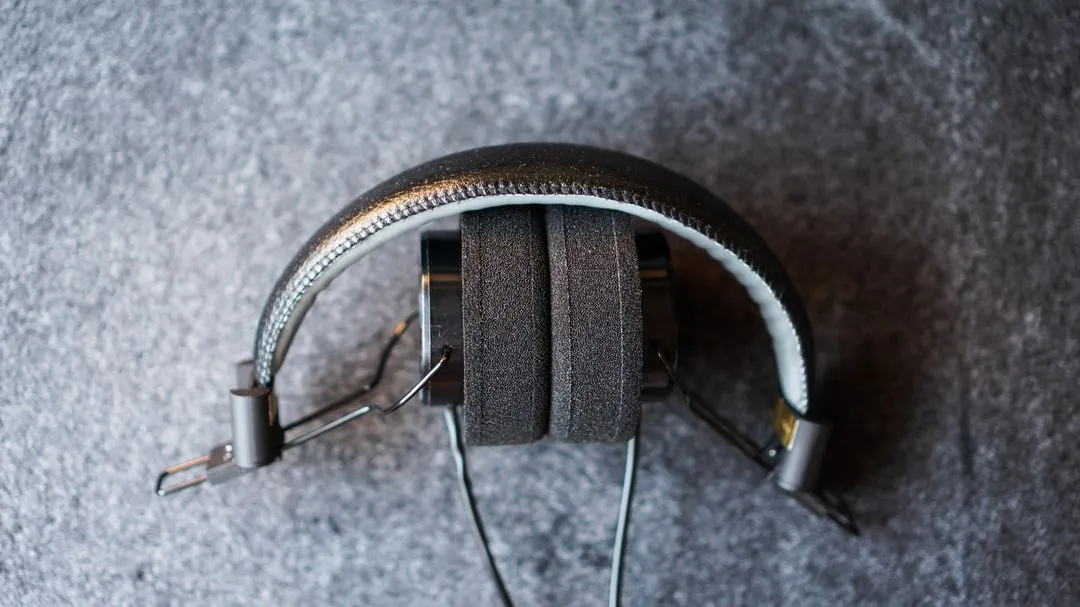
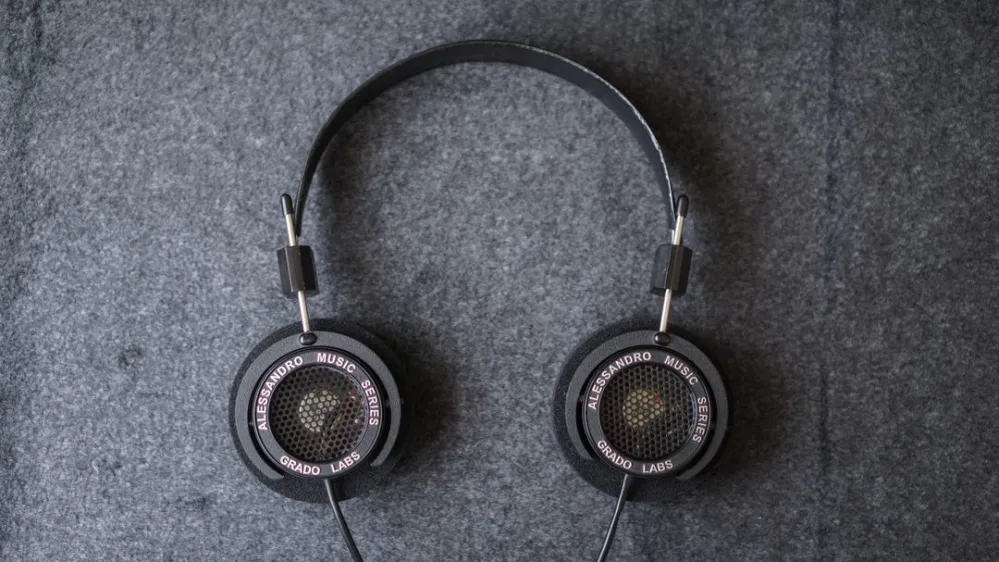
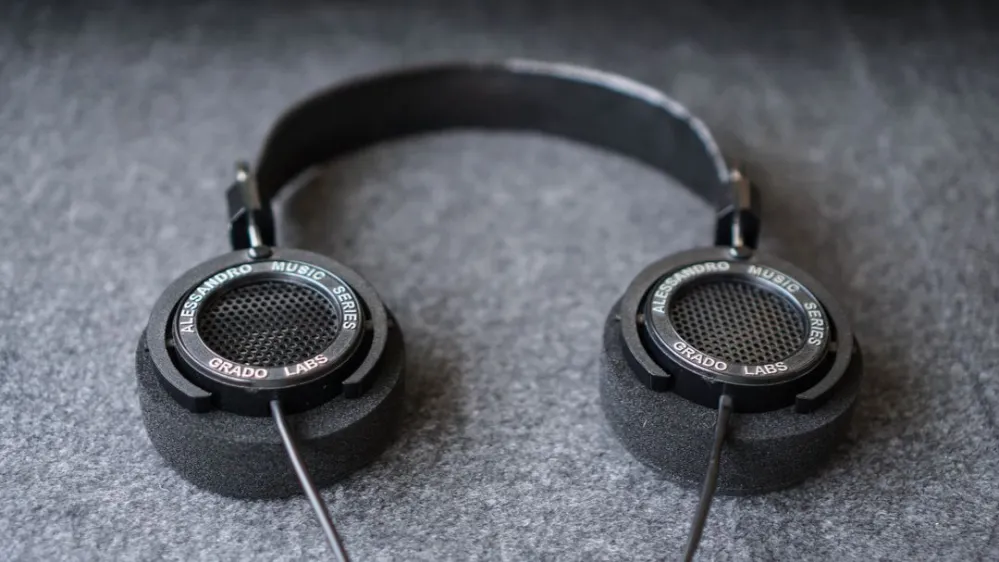

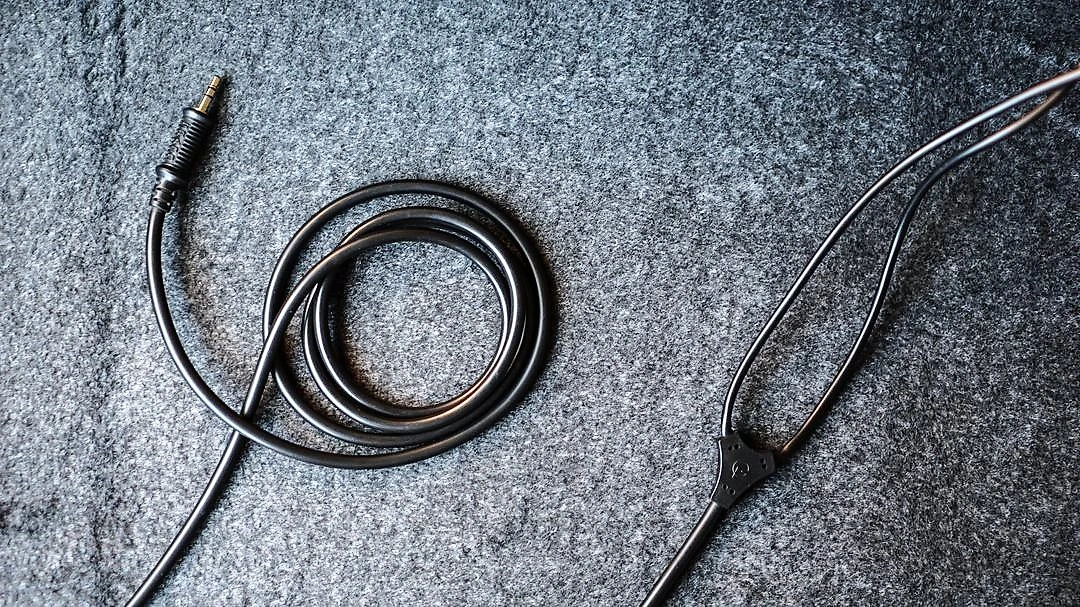
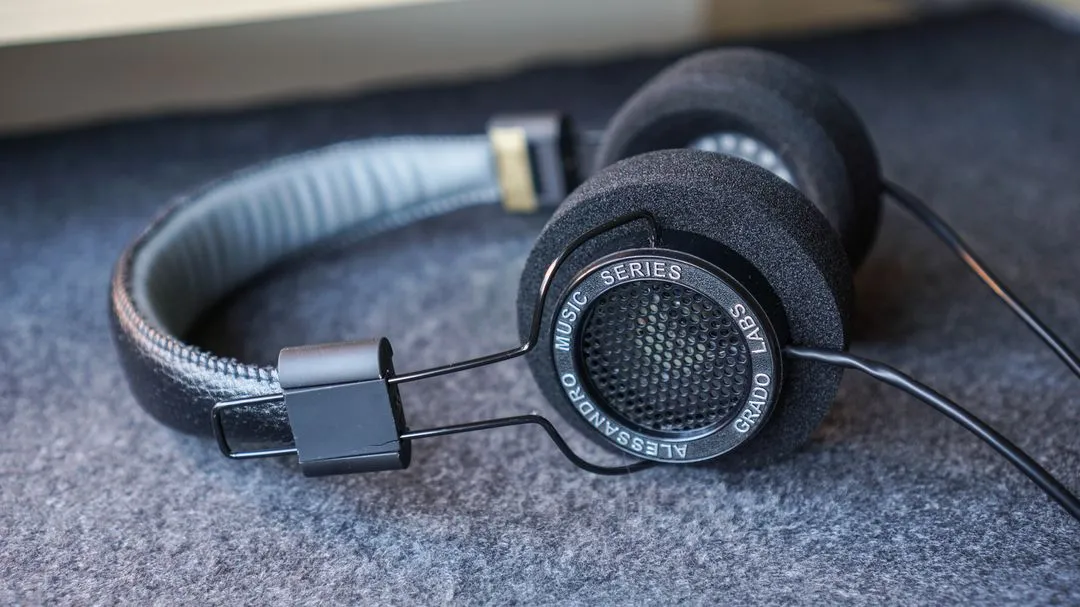
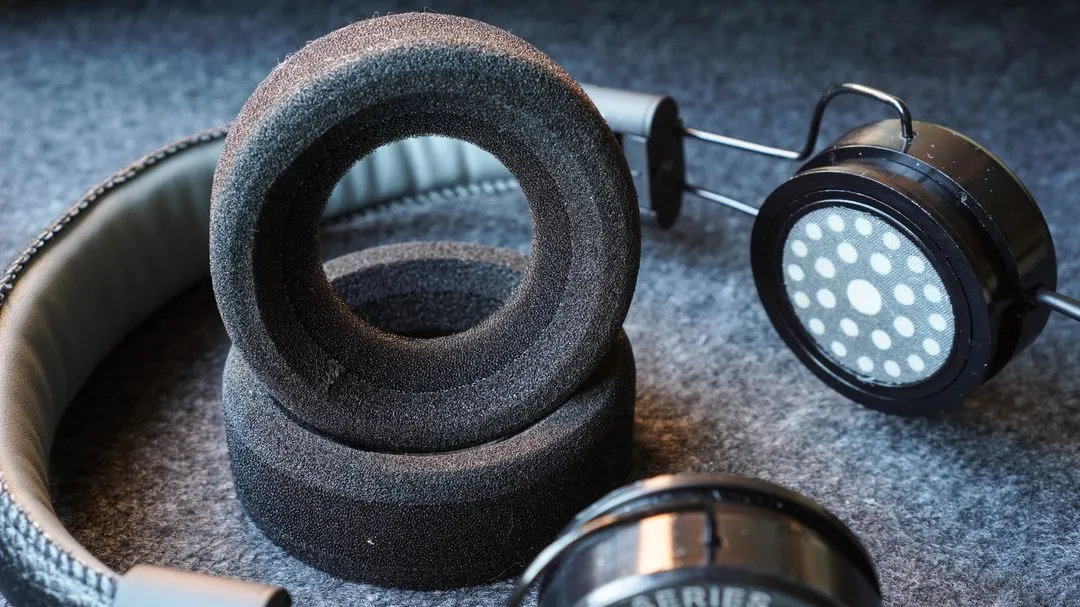
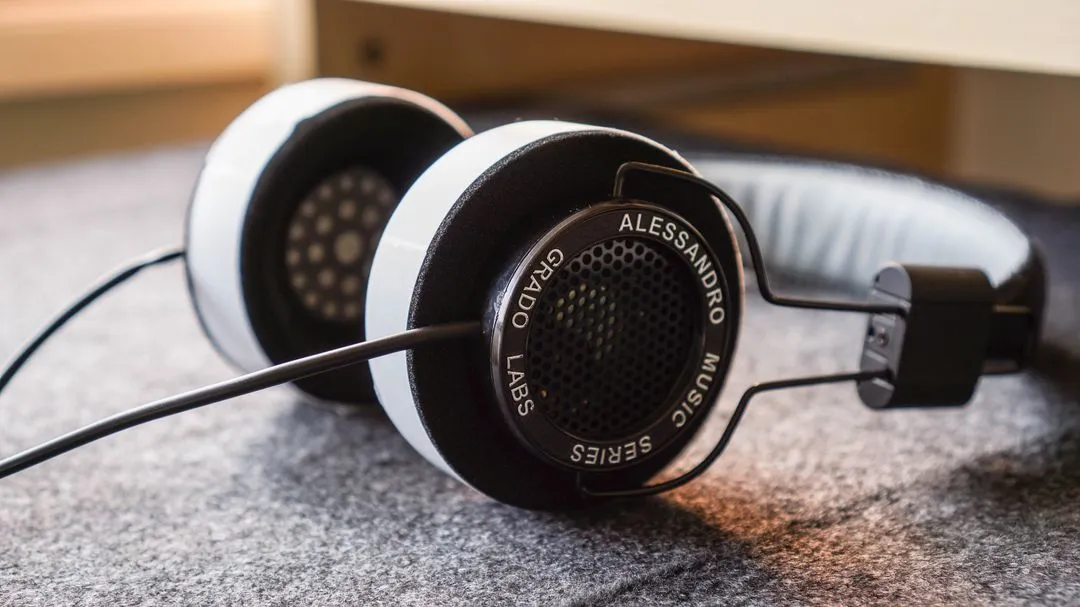

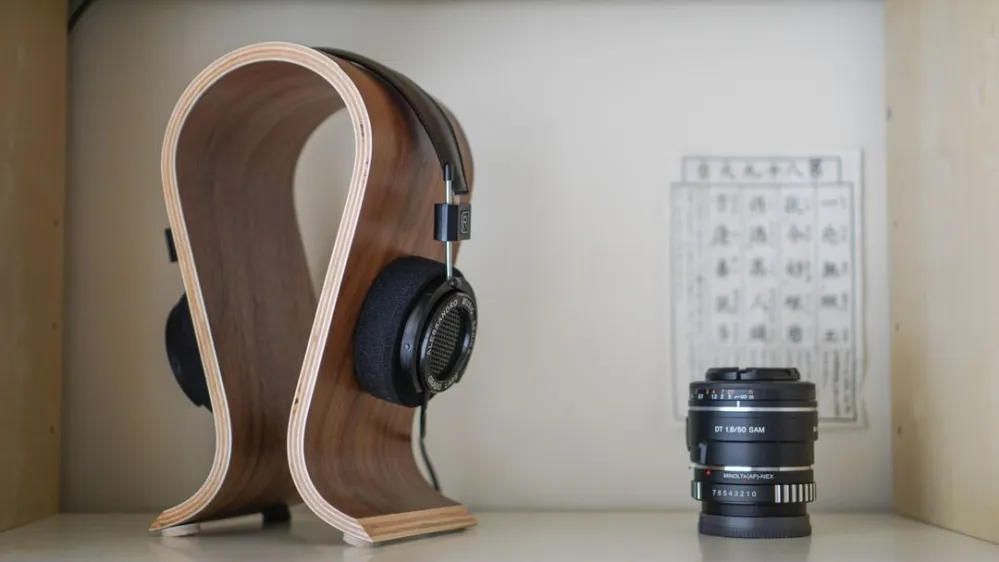
 And frankly I have no need or desire for the Headphones themselves. I wonder if I could somehow get only the Headbands?...
And frankly I have no need or desire for the Headphones themselves. I wonder if I could somehow get only the Headbands?...

